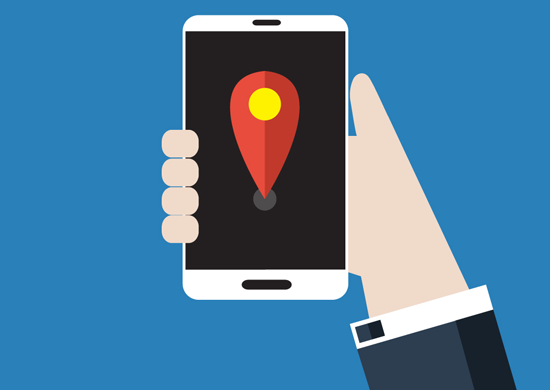Are You Ready for Mobile Personalization?

By Mike O'Connor, Pointmarc
Travel, retail, banking, media-mobile personalization is the new analytics "Holy Grail" in a variety of industry verticals. More than ever, especially with the pending summer months in which usage surges, Fortune 500 companies are looking to personalize the mobile experience of their customers and prospects.
However, achieving the analytics "Holy Grail" requires both strong data capture capabilities and a process to connect that data to marketing decision-makers. Even among top performing brands, personalization is a tall order for digital marketers, and it's definitely something you don't want to get wrong. It's one thing to serve irrelevant display ads to a potential or existing customer, but providing a personalized experience that doesn't successfully map to the user is a surefire to damage your brand.
With this in mind, here are five foundational mobile analytics benchmarks every data-driven organization needs to achieve prior to launching a new personalization campaign.
1. You're capturing the right data
Whether launching a native mobile app or new mobile site, it's crucial to align your analytics tool to your business needs. Most enterprise analytics platforms are not simply plug and play. They require a discovery phase and custom deployment to ensure proper measurement of all your consumer actions-particularly within mobile navigation.
2. You trust your data
If you can't trust the data that you're collecting, your personalization campaign is doomed from the start. Whether it's an issue with your analytics tagging or an analysis challenge, it's important that your data is reliable and accessible before launching personalized experiences for each visitor. If you're not sure, invest in a data management audit to identify potential data integrity issues.
3. You've already optimized your mobile experience
 Even with a personalization campaign, it's still important to test UX elements. Does a different button placement increase conversions? Which call-to-action drove the highest click-through-rate?
Even with a personalization campaign, it's still important to test UX elements. Does a different button placement increase conversions? Which call-to-action drove the highest click-through-rate?
Launching an iterative testing and optimization initiative is a foundational step to help set up your personalization efforts with the greatest chance of success.
4. You understand your mobile user and their intent
Within your analytics environment, are you able to understand your user's intent? Is the reason for their visit to shop? Is it to do product research? Or perhaps to locate the nearest store?
Understanding your mobile user is paramount to launching a personalization campaign. Segmenting by device type, brand and geolocation are all great places to start. However, once you bring together all of your customer data, this is when you will start realizing the full potential of your personalization program.
While desktop, laptop and tablet typically drive a strong contribution to online sales, transactions via mobile phone typically lag behind. These users are often on-the-go and, therefore, may be statistically more likely to be looking for the nearest brick and mortar location (store locator pages are frequently one of the most visited pages on retail sites) or doing product research while in-store.
Understanding the visitor's intent is vital to serving them with the most relevant content to help them achieve the goal of their visit. There is also opportunity for the mobile experience to assist with brick and mortar sales through in-store only coupons offered on the store locator page or geo-based targeting for those in close proximity to a retail location.

Forward-thinking brands are personalization through connecting the mobile online experience to the physical in-store experience. Sports teams and theme parks, such as Walt Disney World, are on the forefront of this movement.
5. You know your product relationships
Within the limited pixels of the mobile experience, it's important to research your brand's best performing product relationships and highlight those for increased conversion. This often takes cross-organizational cooperation from finance, sales and/or different product groups.
Take the time to research each product group and don't ignore seasonality or geolocation within your personalized experience.
About Mike O'Connor
Pointmarc Senior Analyst Mike O'Connor manages multi-channel reporting and optimization initiatives for a variety of global clients, including Windows Phone, Costco and Hyundai. He is based in Pointmarc's Boston office.

Subscribe to Our Newsletter!
Latest in Mobile Marketing










